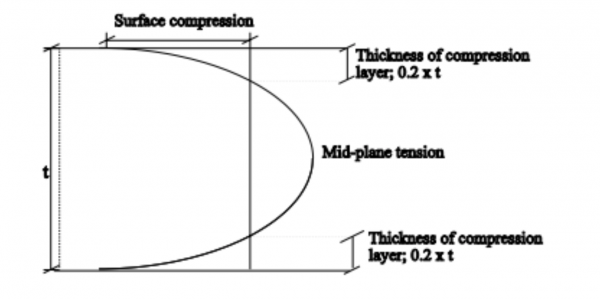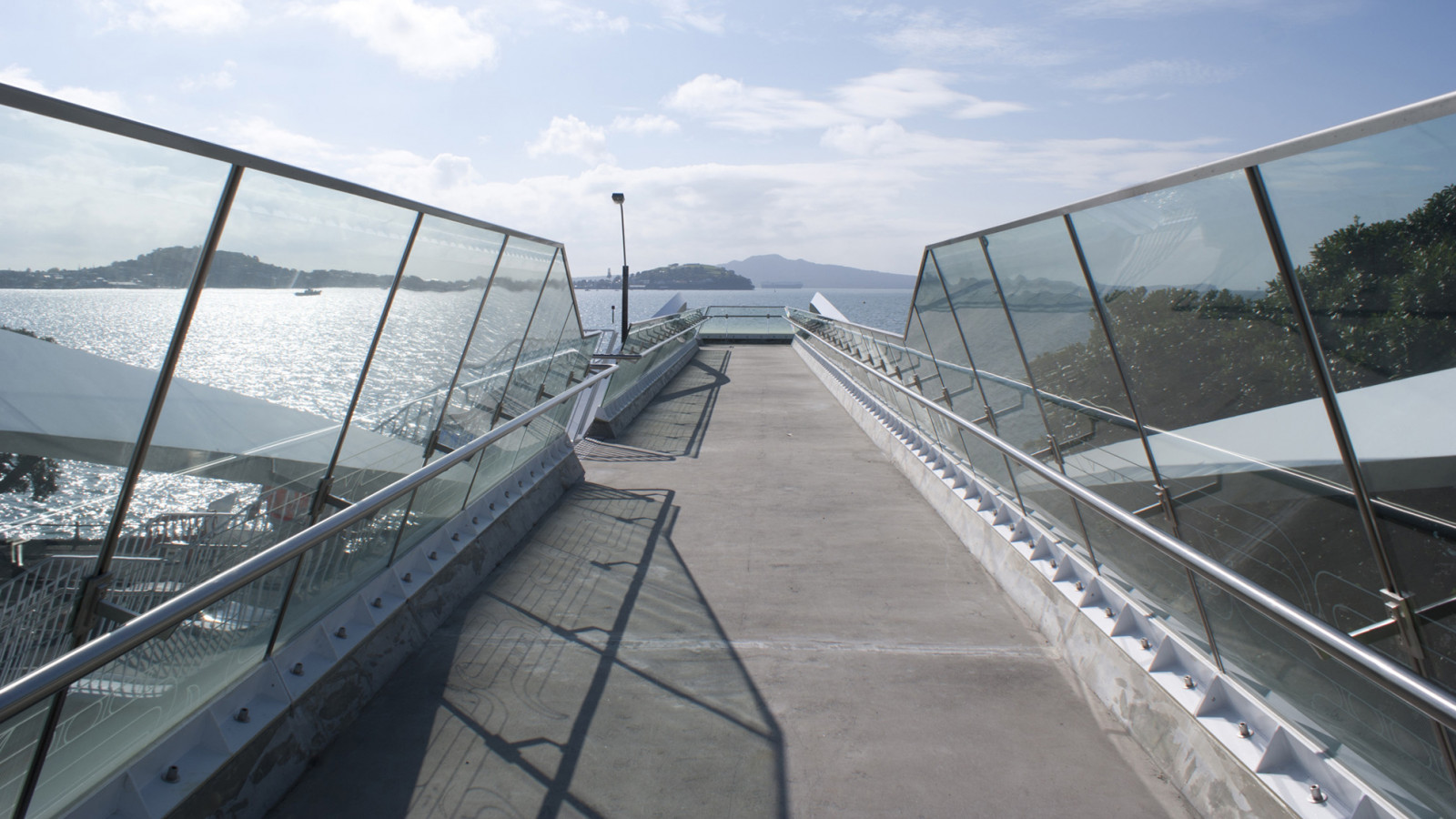The glass used in many structural applications in buildings has become more familiar with its unique mechanical, optical and aesthetic properties. There have been many cases of structural glass failure due to poor design or construction that could be avoided with some basic glass design knowledge. In my first blog post in a series on structural glass — designed to provide basic introductory knowledge for structural engineers and architects — I'll be discussing the different types of glass used for construction.
There are mainly three types of glass; annealed glass, heat-strengthened glass and toughened glass.
Float glass or annealed glass
Produced by controlled cooling to prevent residual stress in the glass. Float glass is high-quality glass like plate glass, with excellent optical clarity. Like plate glass, it can be cut, drilled, machined, edged, bent and polished. Float glass is generally available in the following thicknesses: 2, 3, 4, 5, 6, 8, 10, 12, 15, 19 and 25 mm (25mm is not a readily available product).
Structural glass behaves perfectly elastically until the moment it fractures. There is no creep, and there is no fatigue like in steel.
Temperature differences across the glass resulting from shading can cause thermal stresses that may exceed the strength of the glass, causing breakage. This is known as thermal breakage and it is likely to occur more in thicker glasses.
The main disadvantages of annealed glass are shock resistance and low-tension capacity compared to heat-treated glass. Annealed glass is not a safety glass and cannot be used for human impact applications.
Heat-strengthened glass
Heat-strengthened glass (HS) is also known as partially toughened or semi-tempered. Produced using annealed glass, it is heated to approximately 650°C. It is then quenched by jets of cooled air. This rapid cooling or quenching induces compression stresses on the glass surface while the centre remains in tension. Although the physical characteristics remain unchanged, the additional stresses created within the glass increase its thermal resistance and mechanical strength.
Heat-strengthened glass has a mechanical strength of approximately twice that of annealed glass and if broken, breaks into large pieces from edge to edge and does not fracture into small fragments like toughened glass.
Heat-strengthened glass is not prone to spontaneous breakage due to the absence of nickel sulphide contaminates. This is because the process to produce heat-strengthened glass is similar to heat soaking, which reduces the incidence of failure due to nickel sulfide inclusions. HS is not a safety glass and cannot be used for human impact applications but can be used in almost all applications as laminated HS glass, especially for floors.
Toughened glass
A controlled process makes thermally toughened glass by heating the glass to about 650°C followed by rapid cooling using compressed air. This cooling process causes the surface to contract, forming a rigid outer layer around the glass — making it much stronger than conventional glass and far more resistant to impact stress and temperature change.
Toughened glass has four to five times more strength than ordinary glass of the same thickness.
Toughened glass fractures into small fragments of similar size and shape which are less likely to cause injury compared to ordinary glass. However, these often fall initially as large clumps and only separate upon impact.
All cutting, drilling and grinding of the thermally toughened glass must be carried out before the glass undergoes the toughening process. Any penetration of the compressive surface layer will lead to an imbalance of stresses and fragmentation of the glass.

Figure 1: Stress distribution of toughened glass
Other glass treatments:
Heat soaked toughened glass
Heat soaking is undertaken by heating the toughened glass to 290°C and holding it there for a specified time before slowly cooling it. This process accelerates the expansion of nickel sulphide and at this temperature glass panels with NiS stones are likely to shatter.
Chemically strengthened glass
Glass with a high sodium content can be prestressed chemically by immersion in a hot potassium salt bath. Sodium-ions are exchanged, and the densification of the molecular structure creates large compressive stresses in the surface. The small depth of penetration of this effect still leaves the glass highly susceptibility to surface defects.
Chemically strengthened glass can be cut to a limited extent and is not readily available locally (usually requires importing). It is used mainly for very thin glass and is not considered safety glass.
Laminated glass
Like laminated veneer lumber in timber, laminated glass is two (or more) layers of glass, separated by an interlayer. The interlayers’ Ethylene Vinyl Acetate (EVA) film or Polyvinyl Butyral (PVB) are commonly used. Laminate may improve the sound insulation and rating due to the damping effect of the interlayer. The laminate interlayer modifies the structural behaviour of glass, both before and after breakage. Moreover, the properties of laminated glass can now be enhanced with stiff interlayer products.
Laminated glass is normally used when there is a possibility of human impact or where the glass could fall and cause injury if shattered. Overhead glazing and glass floors are common uses for laminated glass.
Laminated glass can be any combination of glass types, often made using where the properties of heat-strengthened or toughened glass are desired to be combined.
Insulating glass units
An Insulating Glass Unit (IGU) consists of two or more glass panes separated by a spacer, filled with air or a gas such as argon or krypton (both denser than air), and sealed to prevent outside air from entering the unit.
IGU’s can help prevent condensation from forming and can reduce conductive heat loss or gain by more than 50% (in comparison to single glazing). Adding a Low-E coating (allowing light to enter while also providing thermal insulation) to a surface of the double-glazed unit will increase the energy efficiency, as will adding a gas fill between the layers of glass.
Next month I'll continue this series on structural glass with a guide to the behaviour of glass under stress and strain.
Written by Khaled Eid
Engineering Manager
Metro Performance Glass, Auckland




























 Most Popular
Most Popular Popular Products
Popular Products


